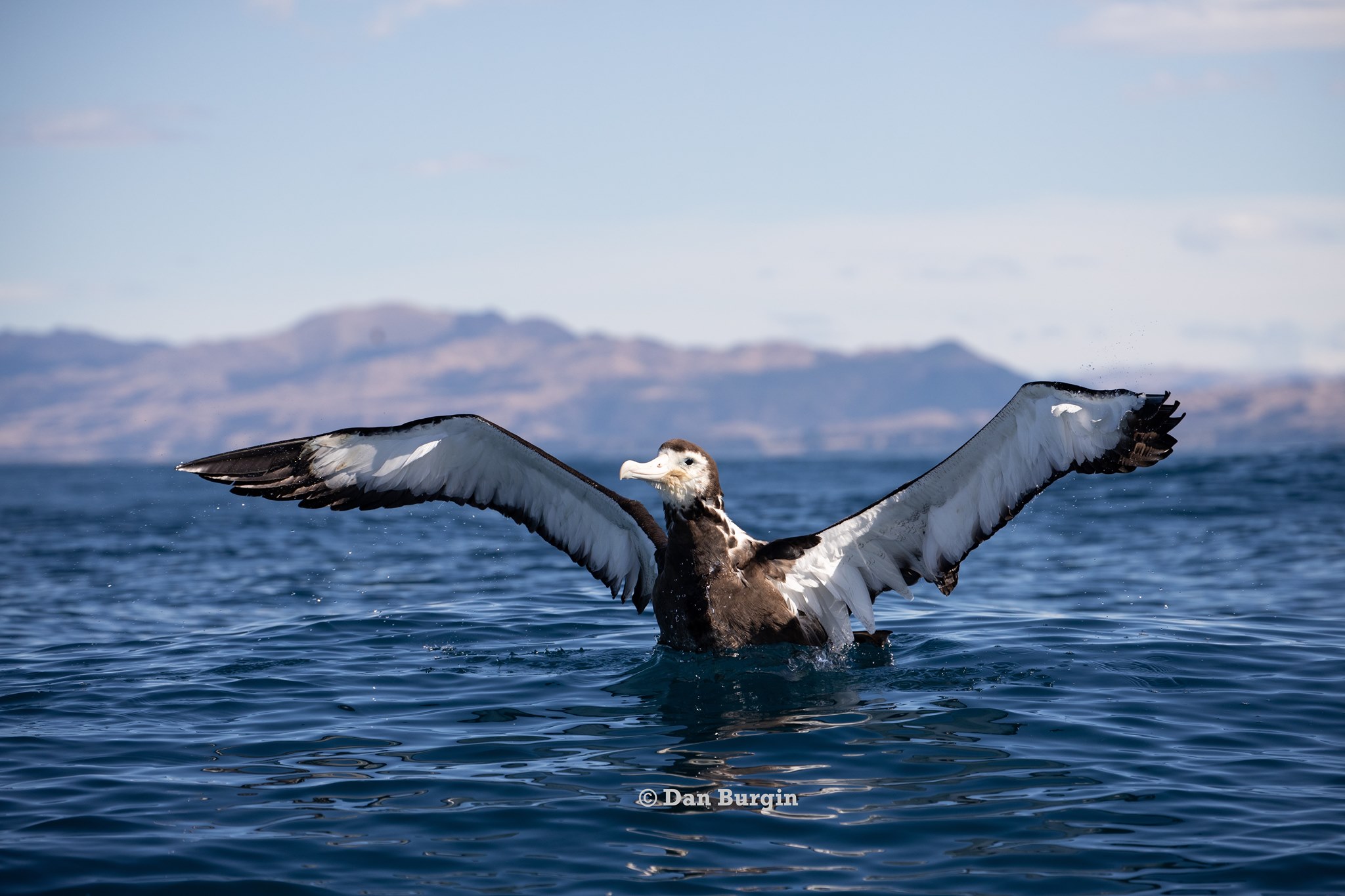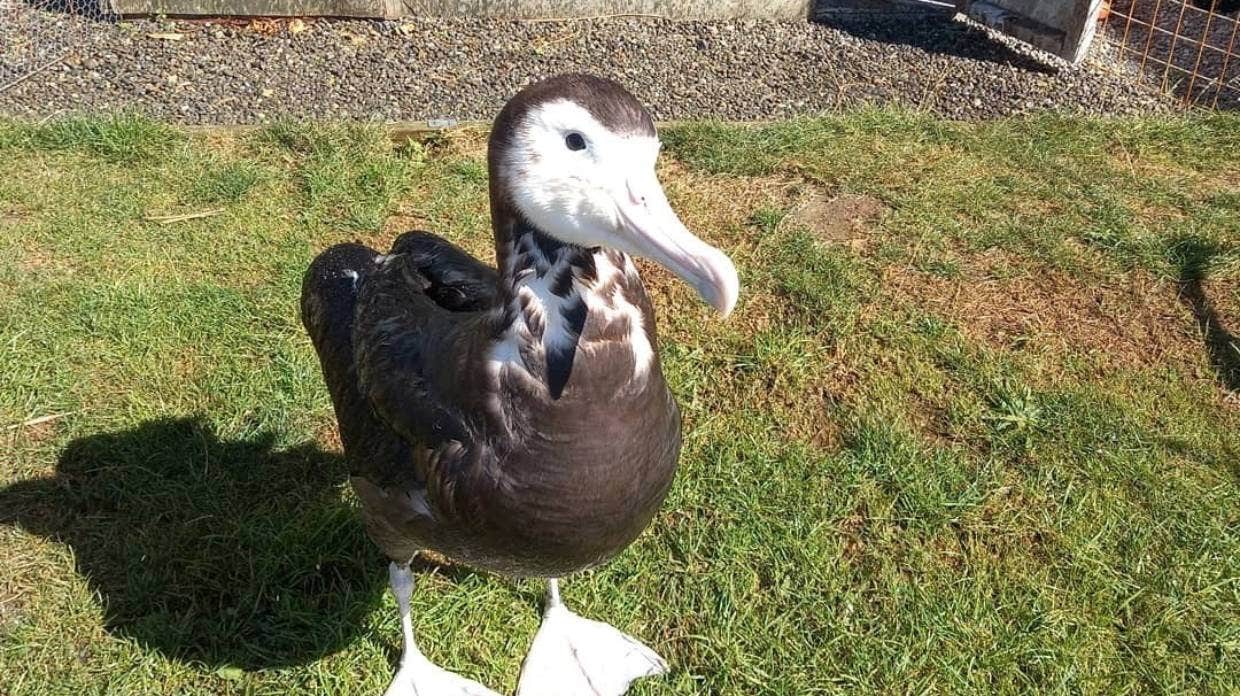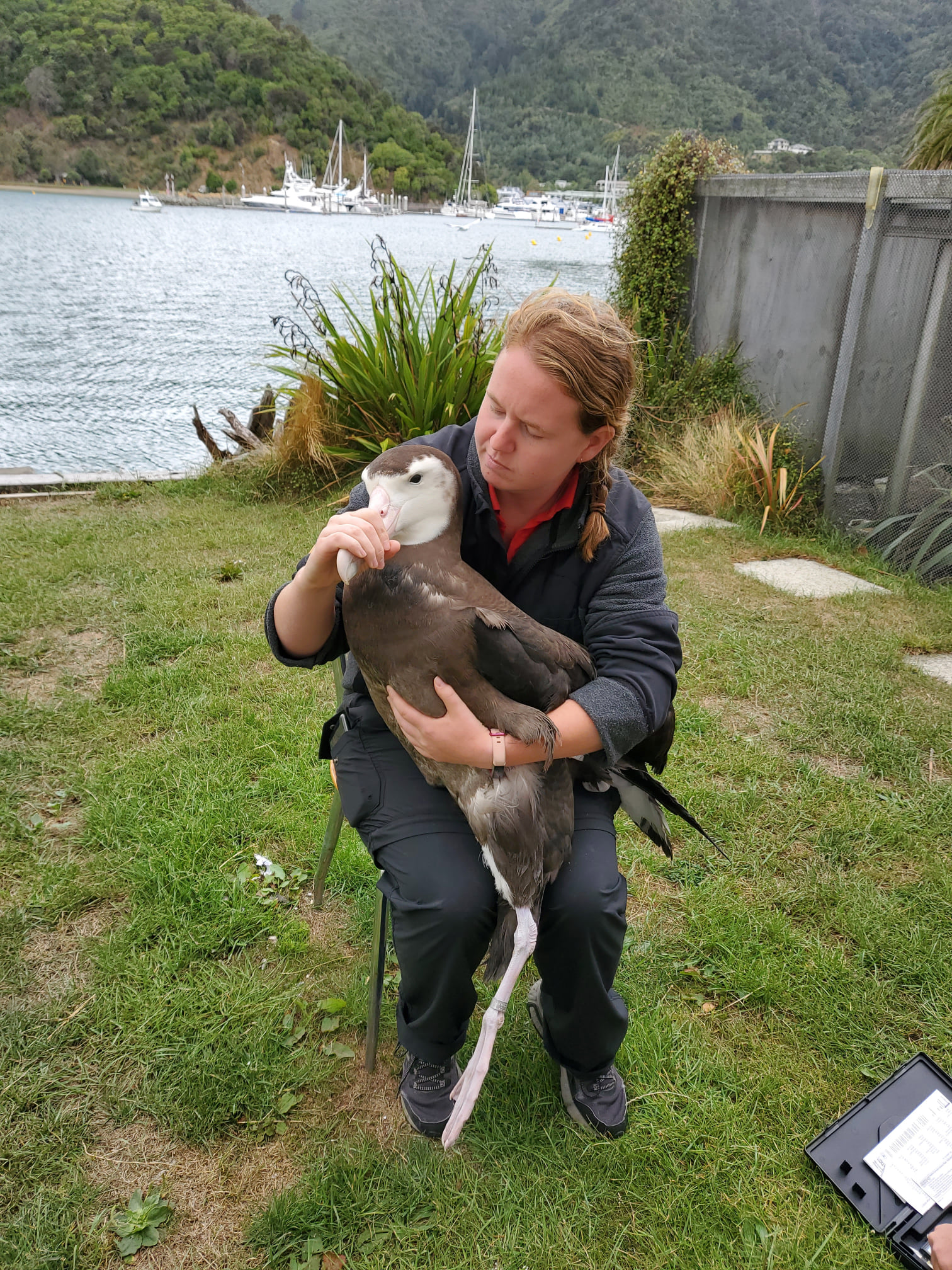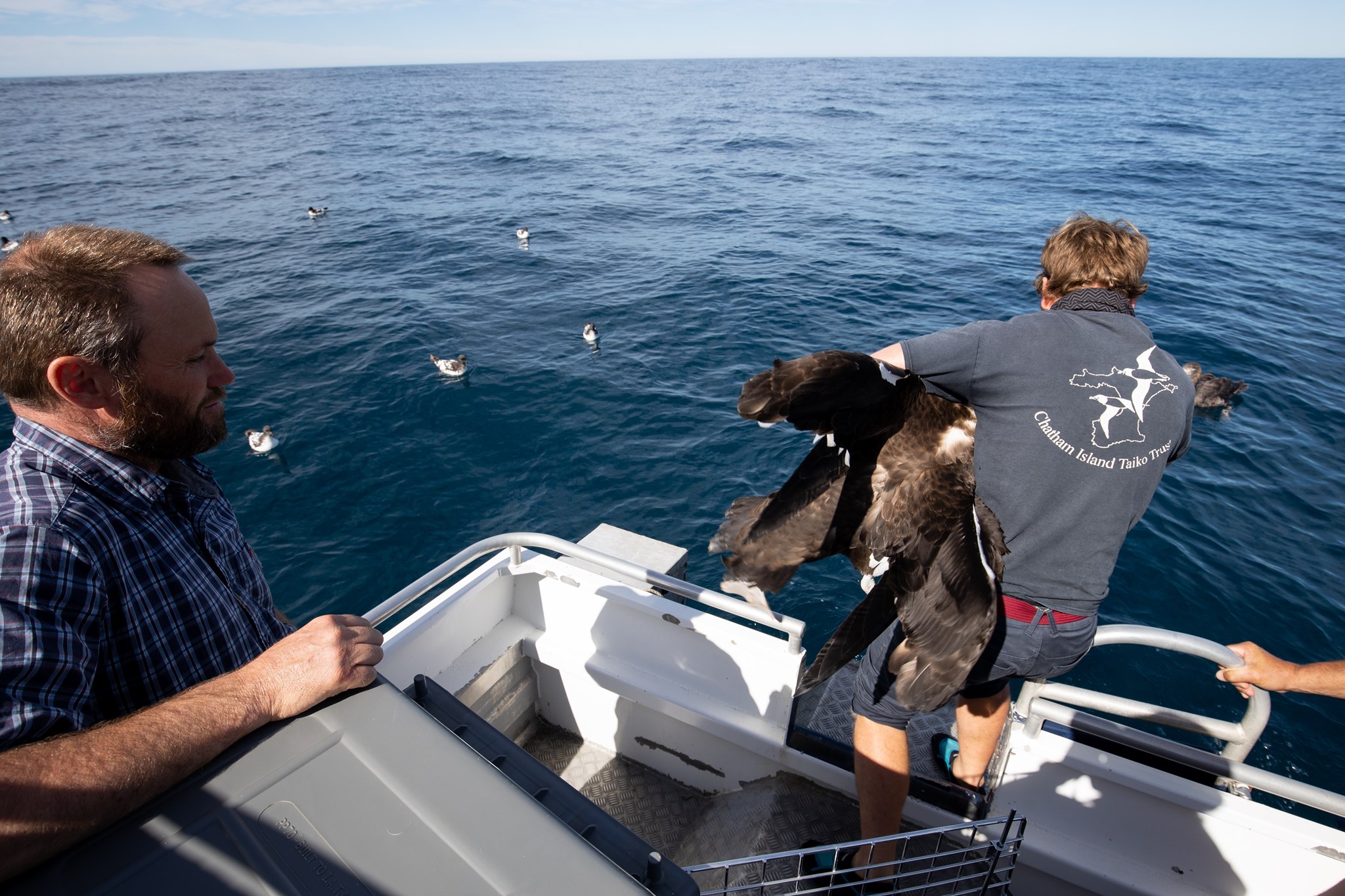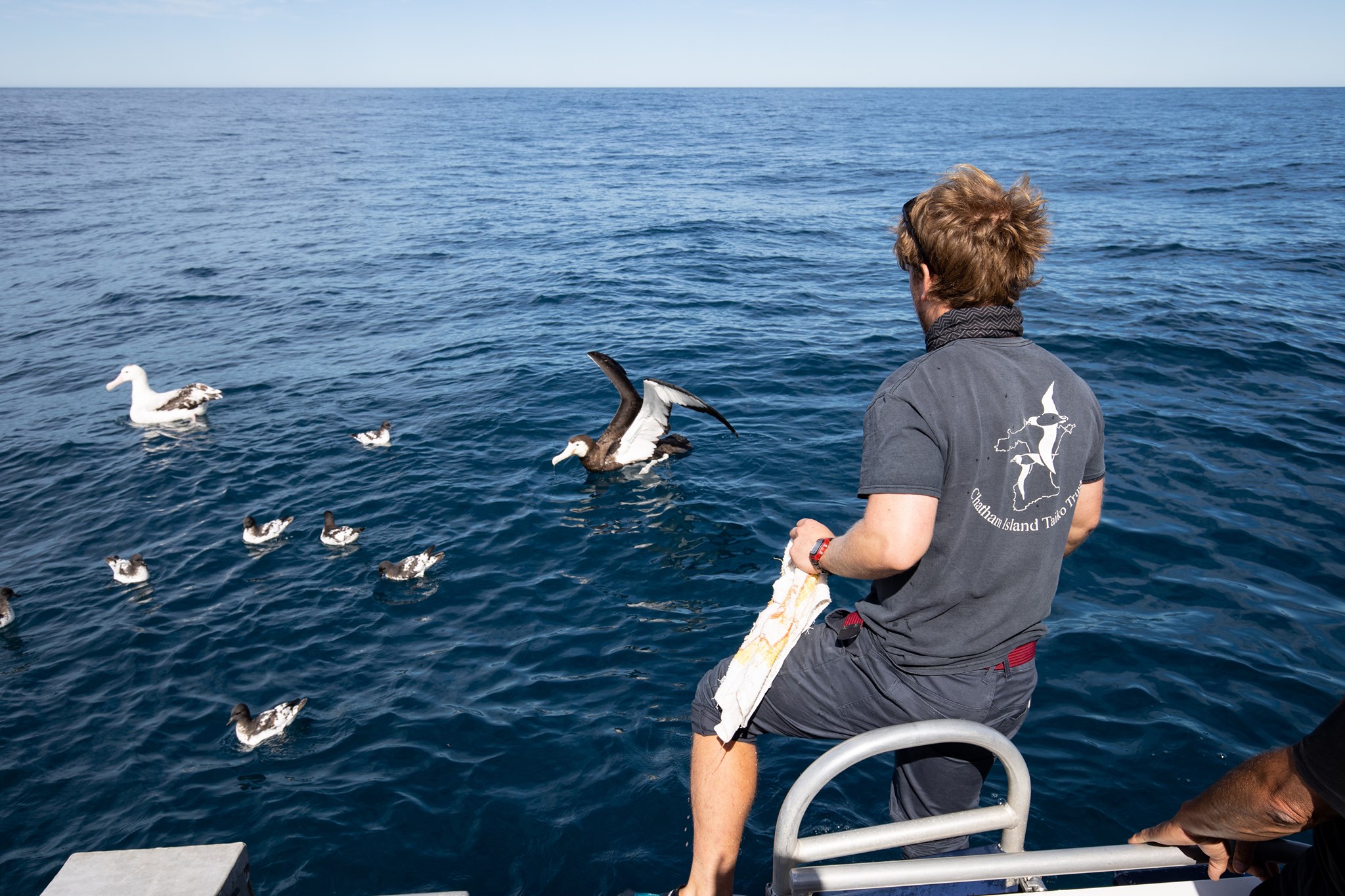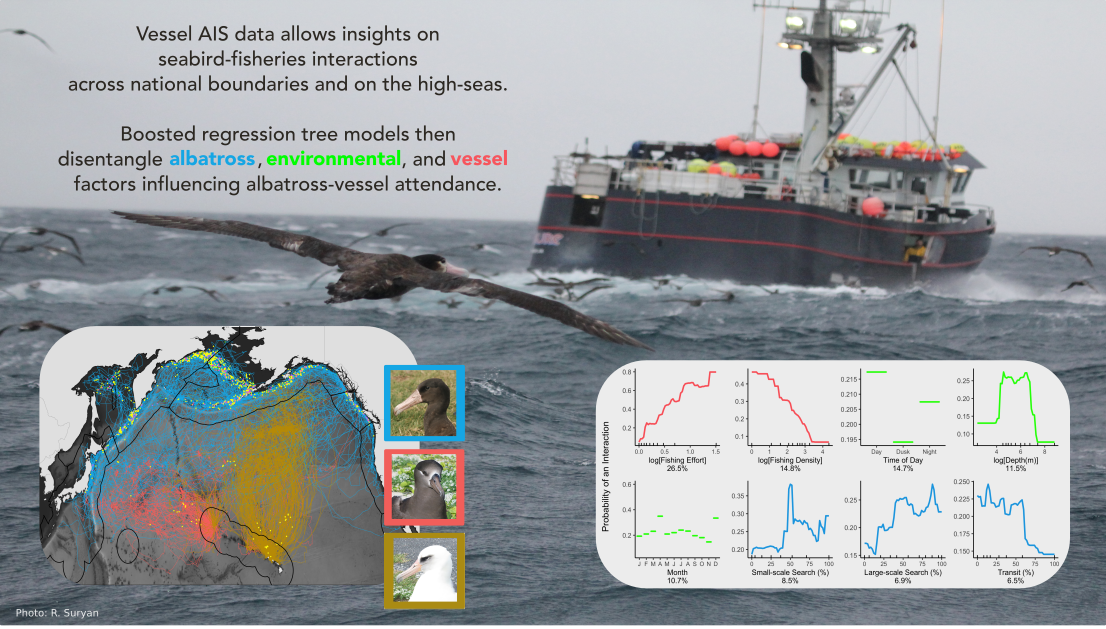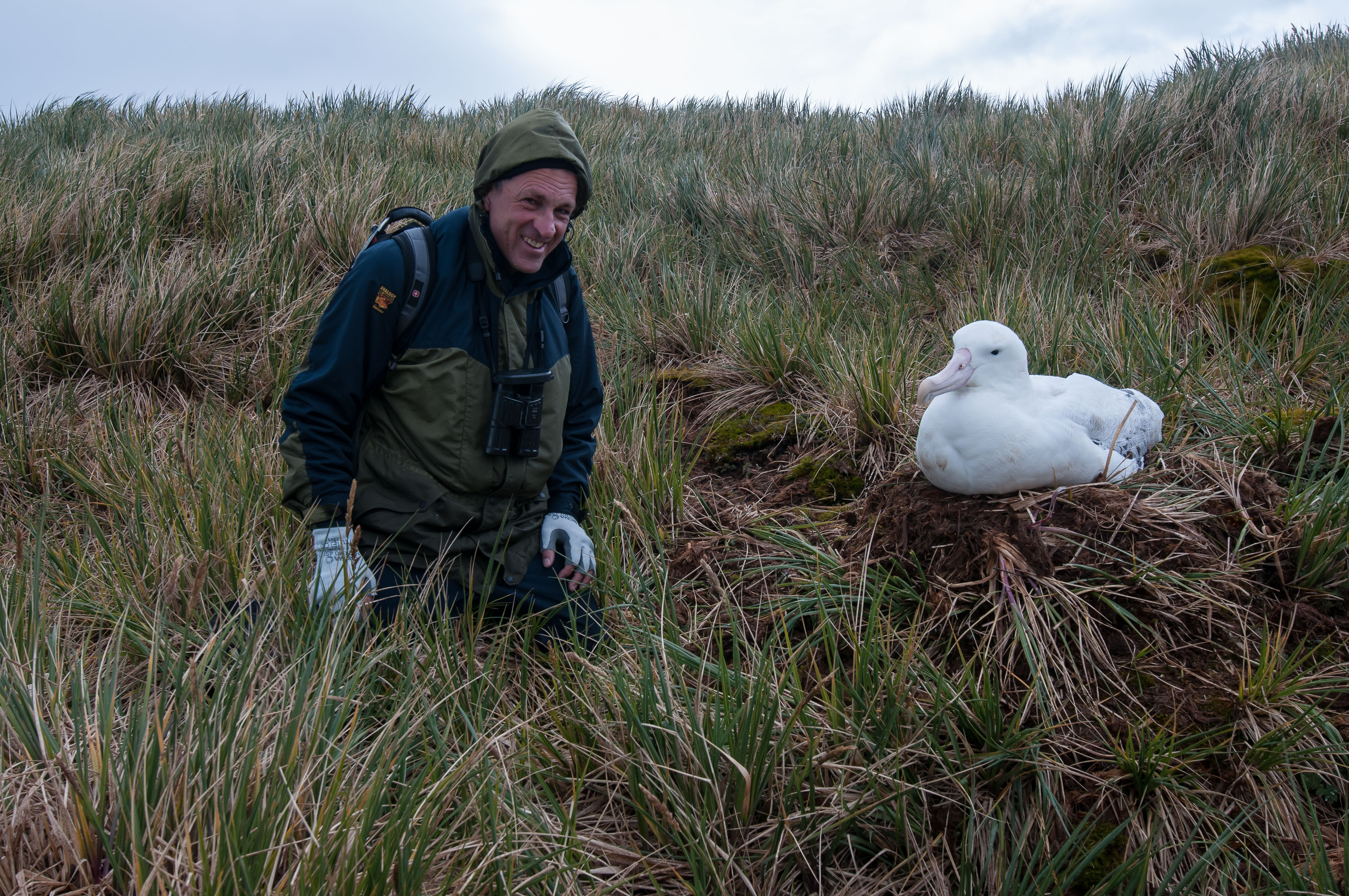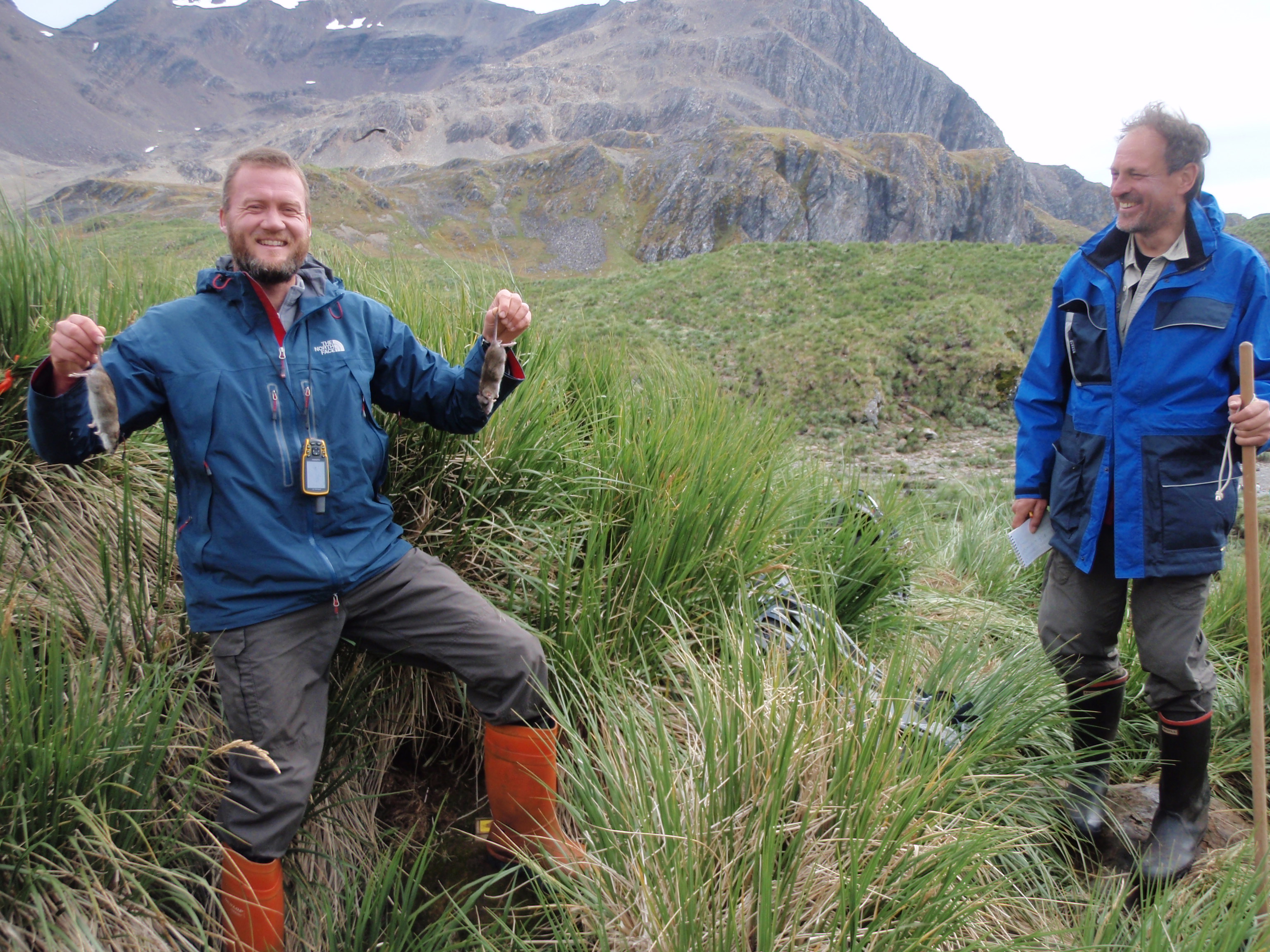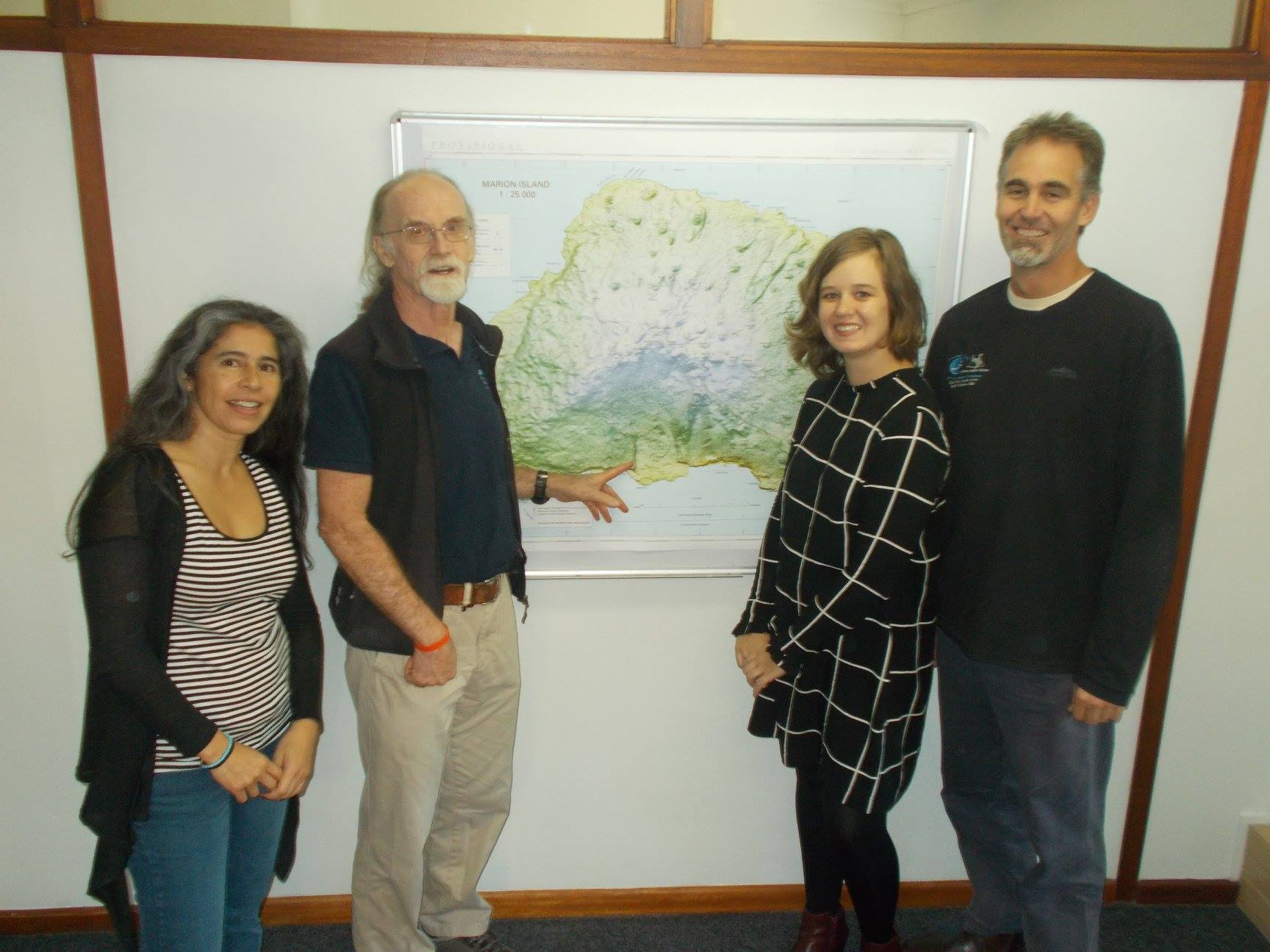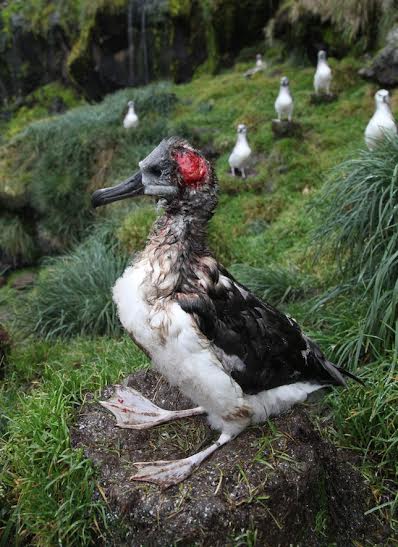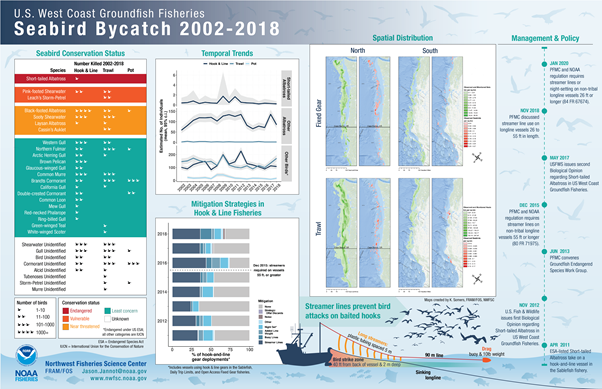
Infographic from the report
Jason Jannot (Northwest Fisheries Science Center, Seattle, Washington, USA) and colleagues have produced a report that considers seabird bycatch in United States west coast fisheries from 2002 to 2018, including of the three North Pacific albatrosses.
The report’s Executive Summary follows, slightly shortened with reference citations and illustrations removed:
“The California Current marine ecosystem on the U.S. West Coast (Washington, Oregon, and California) supports a diversity of marine organisms, including seabirds. This report summarizes interactions between U.S. West Coast fisheries and seabirds, and presents estimates of fleetwide seabird bycatch—based on data from fisheries and federal observer programs—for the years 2002–18.
Lethal and nonlethal interactions, as well as sightings, are presented for six fisheries using hook-and-line gear, eight fisheries using trawl gear, and five fisheries using pot gear. In 2017, three new fisheries were added for observation by the Northwest Fisheries Science Center: the Pacific halibut hook-and-line fishery, the California ridgeback prawn trawl fishery, and the California sea cucumber trawl fishery. The Pacific halibut fishery had relatively high black-footed albatross bycatch, and the California ridgeback prawn fishery had relatively high bycatch of Brandt’s cormorant, compared to other fisheries. No birds were observed as bycatch in the California sea cucumber fishery. Recreational and tribal fisheries are not covered in this report.
A total of 47 bird species interacted with or were sighted in these fisheries over the 2002–18 period, up from 41 in the last report). Thirteen species are considered endangered, threatened, vulnerable, or near-threatened by the U.S. Endangered Species Act (ESA) or the International Union for Conservation. The remaining 34 species are not listed, or are categorized as “least concern” (i.e., not at risk).
All three North Pacific albatross species interact with these fisheries: black-footed, Laysan, and the ESA-listed short-tailed albatross. To date, only one short-tailed albatross has been observed taken by these fisheries, and the mean estimated mortality for most years is less than one individual per year. However, black-footed albatross are caught annually in a number of fisheries reported here, primarily hook-and-line fisheries. Laysan albatross have occasionally been taken by fisheries reported here, but the mortalities are few and infrequent. The estimated mean mortalities of black-footed plus Laysan albatross ranged from a low of 60.77 individuals in 2002 to a high of 139.58 individuals in 2010. The 2018 estimate, across fisheries, for black-footed and Laysan albatross was 88.69 individuals. Other birds (i.e., nonalbatross) showed a peak in mortality during 2009 of 439.76 birds taken, and the 2018 mean estimated mortality of other birds was 296.48.
Hook-and-line fisheries account for the largest number of albatrosses taken among the three gear categories (hook-and-line, trawl, pot). Over the last six years, hook-and-line fisheries accounted for 50–63% of seabird mortality, followed by trawl fisheries at 31–45%, and pot fisheries at 2–6% of bycatch. The largest number of albatross taken comes from limited entry (LE) sablefish vessels fishing hook-and-line gears. This prompted regulations requiring streamer lines on hook-and-line vessels fishing in U.S. West Coast groundfish fisheries; these were implemented in December 2015 for vessels 55 ft or longer. Beginning in January 2020, all vessels 26 ft or longer fishing with hook-and-line gear north of lat 36°N must use streamer lines during daylight hours (1 hr before sunrise to 1 hr after sunset). Alternatively, night-setting (1 hr after sunset to 1 hr before sunrise) can be used to reduce seabird bycatch on hook-and-line vessels in lieu of streamer lines.
Bycatch of nonalbatross species is generally split evenly between hook-and-line and trawl gears. Seabird mortality is likely underestimated on trawl vessels, because seabirds can be killed or injured by striking cables that exit aft of the vessel during trawling. These cables are not routinely monitored in these fisheries. Significant levels of bycatch, especially of albatross, have been recorded in similar trawl fisheries around the globe. In this report, we provide estimates of seabird mortality by cable strikes in the at-sea hake catcher–processor fleet. Pot gears appear to catch very few seabirds.
In earlier versions of this report we used ratios to estimate seabird bycatch. In the previous report), we implemented an improved method for bycatch estimation. We applied Bayesian models to estimate total bycatch and associated error for fisheries with less than 100% observer monitoring. These methods have been used with other rare bycatch species, including cetaceans, delphinids, pinnipeds, sea turtles, and sharks.). The Bayesian method better estimates uncertainty and provides fleetwide estimates even in years when no seabird mortality was recorded by fisheries observers.
In the previous report, we assumed the estimated bycatch rate, q, was constant through time. In this report, we explicitly test for constant bycatch rate. We also compare models using alternative measures of fishing effort (number of gear deployments, number of gear units, amount of landed catch) and alternative distributions of the bycatch process (Poisson versus negative binomial). The results presented here represent the optimal model when comparing these parameters.”
Reference:
Jannot, J.E., Wuest, A., Good, T.P., Somers, K.A., Tuttle, V.J., Richerson, K.E., Shama, R.S. & McVeigh, J.T. 2021. Seabird Bycatch in U.S. West Coast Fisheries, 2002–18.. U.S. Department of Commerce, NOAA Technical Memorandum NMFS-NWFSC-165. 64 pp. doi.org/10.25923/78vk-v149.
John Cooper, ACAP Information Officer, 03 April 2021


 English
English  Français
Français  Español
Español 